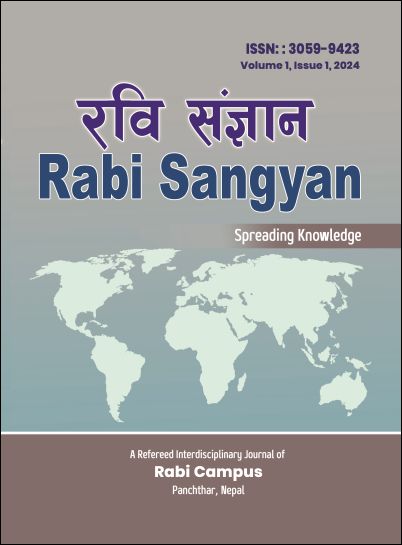Supervisor Behavior and Job Stress in Eastern Nepal: An Empirical Study
DOI:
https://doi.org/10.3126/rs.v1i1.74687Keywords:
job stress, role clarity, communication, delegation practices, motivationAbstract
The study aims to investigate the relationship between supervisory behavior and job stress among employees in these banks, specifically examining effects of role clarity, communication, delegation, motivation, and social support. A survey-based research design was implemented, involving a sample of 210 respondents. Correlation and regression were used. The overall job stress mean score is 3.96, with high agreement on supervisor support (4.47) but lower scores for work-life balance (2.94). Role clarity scores a strong 4.35, indicating clear job expectations that help reduce stress. Communication is also effective, with a mean of 4.42, enhancing employee morale. Delegation practices received a score of 4.36, particularly regarding workload management. Motivation is notable at 4.38, highlighting appreciation and learning opportunities that mitigate stress. Lastly, social support averages 3.96, with many feeling a sense of belonging, although some report feelings of exclusion (2.94). The study successfully identifies key dimensions of supervisory behavior that impact job stress in Nepalese commercial banks. Enhancing role clarity and communication within supervisor-subordinate relationships may alleviate job stress, contributing to improved employee well-being and organizational performance.
Downloads
Downloads
Published
How to Cite
Issue
Section
License
Copyright (c) 2024 The Author(s)

This work is licensed under a Creative Commons Attribution-NonCommercial 4.0 International License.
This license enables reusers to distribute, remix, adapt, and build upon the material in any medium or format for noncommercial purposes only, and only so long as attribution is given to the creator.




